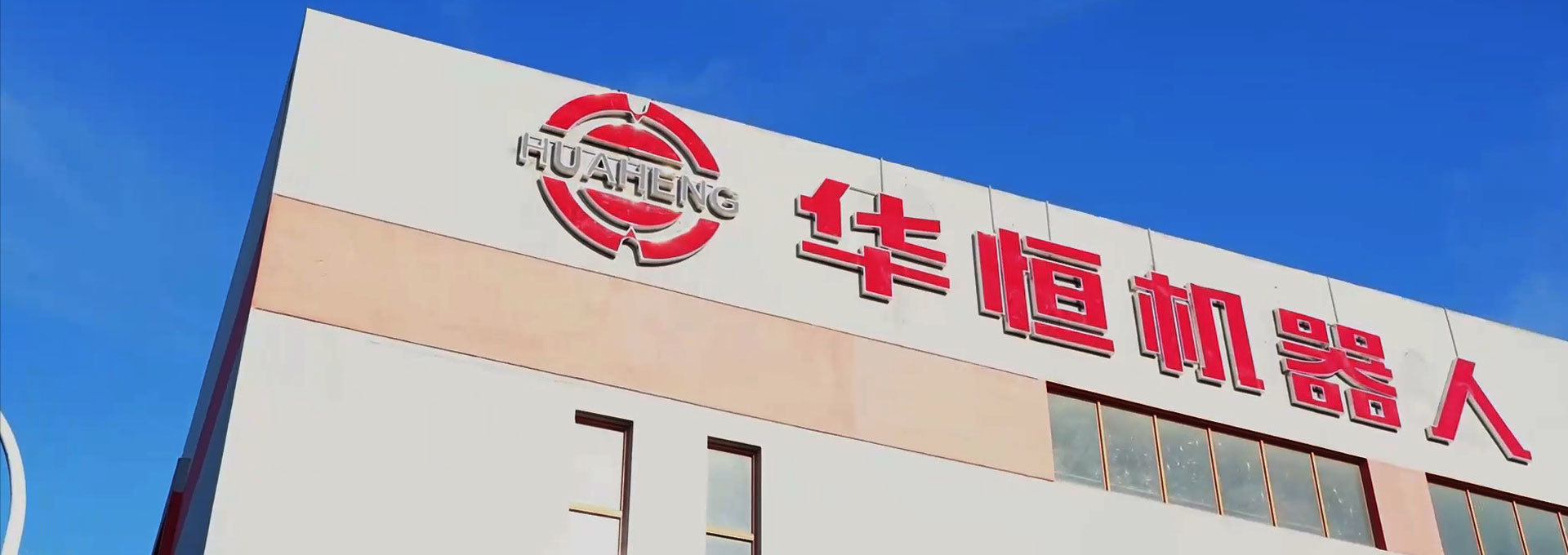Revolutionizing Industries: The Rise of Robotic Cutting Systems
Release time:
2025-05-22
The Future is Here: What is a Robotic Cutting System?
Robotic cutting systems are making waves across various industries, and for good reason! These advanced machines utilize robotics technology to perform precise cutting tasks, helping manufacturers save time and reduce waste. From automotive to textiles, the implementation of robotic cutting systems is redefining efficiency, and frankly, it’s about time!
Why You Should Care
So, why should you care about robotic cutting systems? Well, they offer a plethora of benefits that can’t be ignored. First off, they enhance productivity. Imagine cutting materials at lightning speed without sacrificing accuracy—sounds like a dream, right? These systems are designed to work tirelessly, often outperforming traditional cutting methods by leaps and bounds.
How They Work: The Nitty-Gritty
Now, let’s get into the nitty-gritty of how these systems operate. Robotic cutting systems typically consist of a robotic arm equipped with a cutting tool, controlled by sophisticated software. This software allows for precise programming, enabling the robot to execute complex cuts that would make even the most skilled human operator envious. Whether it’s laser, waterjet, or blade cutting, these systems adapt to various materials with ease—talk about versatility!
Applications Across Industries
From the automotive industry, where precision is non-negotiable, to the fashion world, where creativity meets technology, the applications of robotic cutting systems are nearly endless. In the automotive sector, these systems are used to cut metals and composites, ensuring every piece fits perfectly in assembly lines. In textiles, they can slice through layers of fabric faster than you can say 'fashion statement.'
Cost-Effectiveness: Saving Pennies and Time
Let’s not forget about the cost-saving angle. Sure, the initial investment might raise some eyebrows, but think long-term! Robotic cutting systems reduce labor costs and minimize material waste. This means more money in your pocket down the road. Plus, with less human error, you get better quality products—who wouldn’t want that?
Challenges to Consider
Of course, every rose has its thorn. While robotic cutting systems present a treasure trove of advantages, they also come with challenges. For starters, the integration of these high-tech machines into existing workflows can be complicated. Training staff to operate these systems is another hurdle that companies must jump. However, with a little bit of patience and a lot of practice, these challenges can be overcome.
The Road Ahead: Innovations on the Horizon
Looking ahead, the future of robotic cutting systems seems bright. Innovations are constantly emerging, including AI integration that allows for smarter decision-making processes. Imagine a system that learns from its past cutting patterns to improve future performance—now, that’s what I call futuristic!
Conclusion: Embracing Change
In conclusion, the rise of robotic cutting systems is not just a passing trend; it’s a testament to how technology can enhance our capabilities. Industries that embrace these innovations are sure to thrive in an increasingly competitive environment. So, if you haven’t considered making the leap, now might just be the perfect time to do so. After all, as they say, fortune favors the bold!
Previous
Previous Page:
Latest News
Xuzhou Huaheng Robotics Co., Ltd.
Phone: 0086-516-66882288
Kunshan Huaheng Robotics Co., Ltd.
Phone: 0086-512-87880678

Focus on Robot Division

Huaheng mobile phone terminal

Huaheng Company Public Number
Copyright © 2024 Xuzhou Huaheng Robotics Co., Ltd. All Rights Reserved


